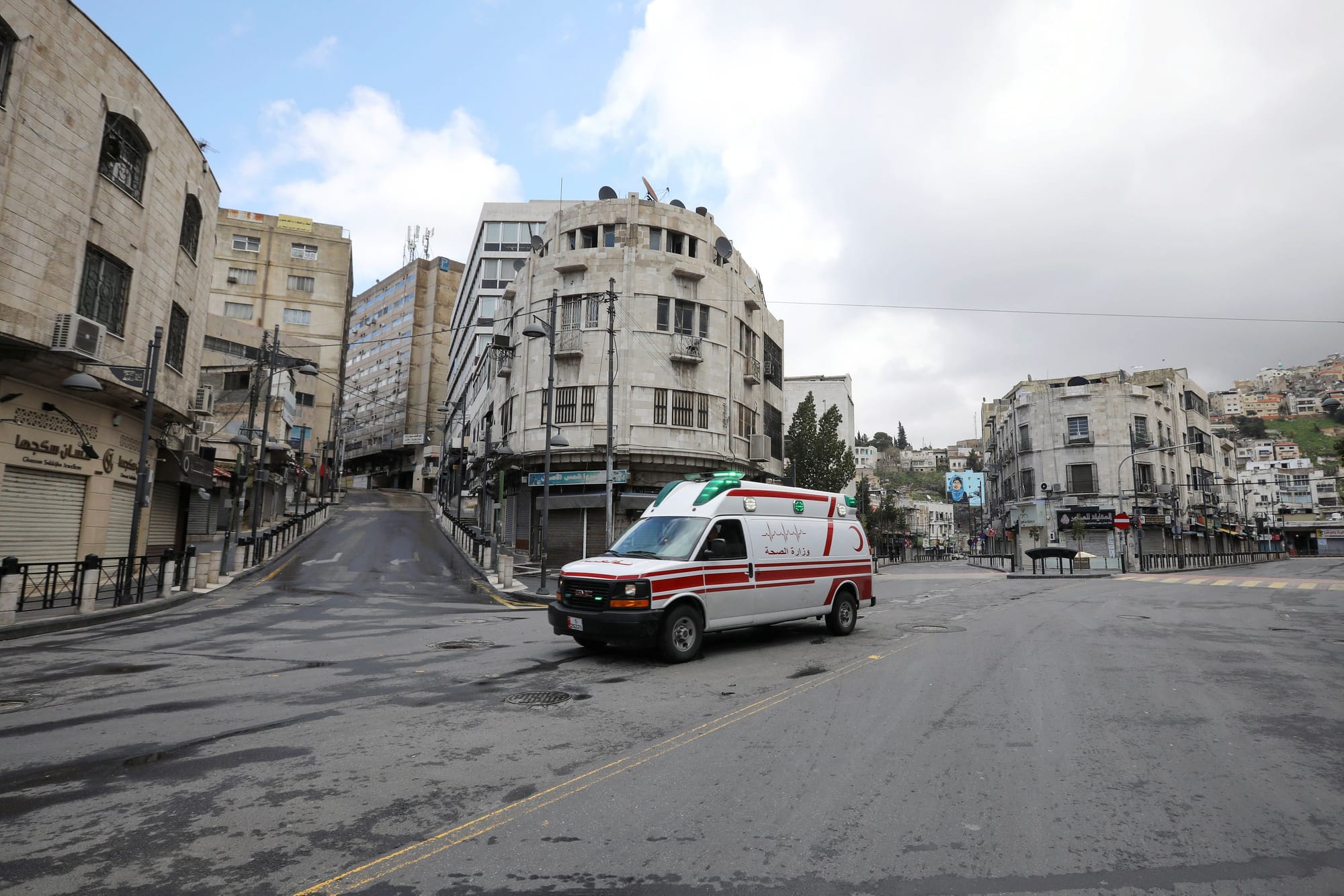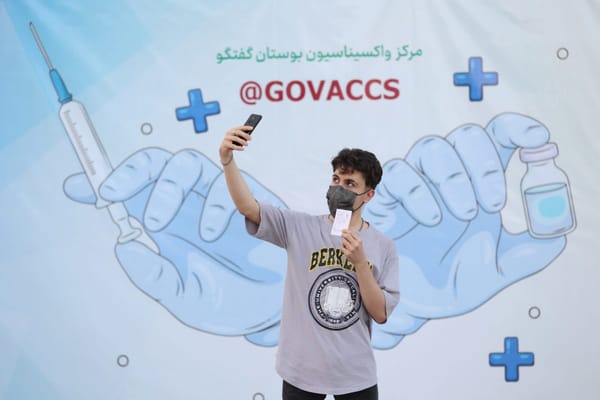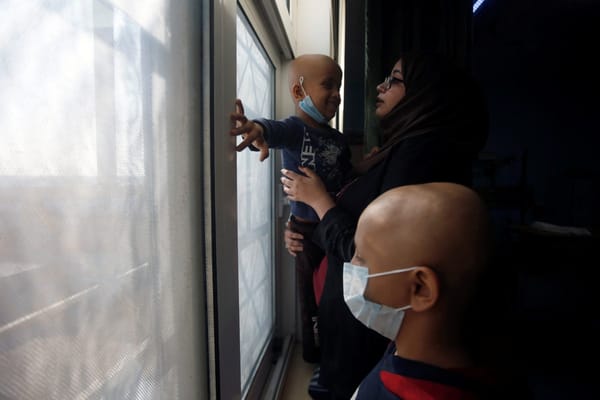Refugees at Risk in Jordan's Response to COVID-19
The Jordanian government's severe restrictions on movement to contain the spread of COVID-19 is disproportionately affecting refugees and low-income Jordanians. While the government has established a national fund for needy Jordanian families, resources for the large population of already insecure r











